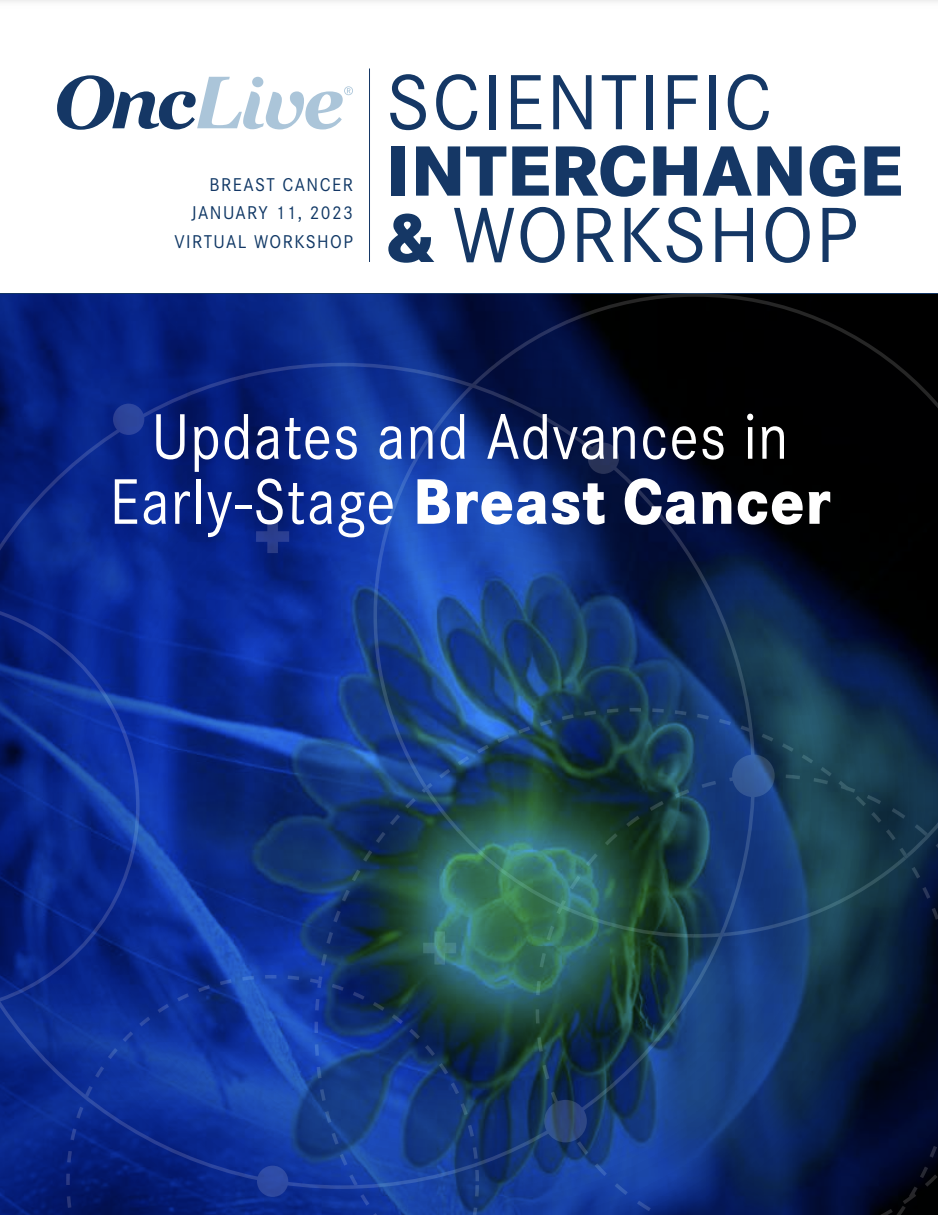Video
Dr. Ganjoo Discusses the Risks of Morcellation
Author(s):
Kristen N. Ganjoo, MD, associate professor of medicine, Stanford University Medical Center, Stanford Medicine, discusses the risks of morcellation.
Kristen N. Ganjoo, MD, associate professor of medicine, Stanford University Medical Center, Stanford Medicine, discusses the risks of morcellation.
Uterine leiomyosarcoma mostly presents in the metastatic stage, as it is often seen in younger women who are initially diagnosed incorrectly. By the time that uterine leiomyosarcoma is discovered, the tumor has already grown enough to show a mass in the abdomen, and there is bleeding. At this point, the disease is metastatic, Ganjoo says. Many women who have uterine leiomyosarcoma are diagnosed as having fibroids, which are leiomyomas—a benign tumor of the smooth muscle. Patients who are presumed to have fibroids undergo a procedure called morcellation.
During morcellation, the uterus is sectioned into parts and then suctioned out, Ganjoo explains. If a patient has uterine leiomyosarcoma instead of fibroids, morcellation causes the cancer to spread throughout the abdomen. Of every 350 patients diagnosed with fibroids, 1 will have uterine leiomyosarcoma, says Ganjoo. Almost all patients with undiagnosed uterine leiomyosarcoma who undergo morcellation will recur.









